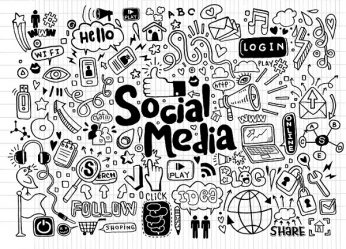Early in the life of your startup, perhaps when that venture is still just a side project, you need to get serious about the design of your website or app(s). And you can expect that task to be a financial drain. Building a great interface isn’t all that different from building a house: It has to be done by a great designer or coders; and those professionals’ labor doesn’t come cheap.
However, there are ways you can reduce costs and the amount of time that designer or coder spends on your project. Here are the typical stages of a web-development project and how you can reduce costs at each step.
The web-design cycle
For those of you less familiar with web development, there is usually a set system for how new pages and features get designed and built. While this might vary from place to place, most larger businesses will have some variation on the following stages for building and improving web properties and apps.
Initial wireframes or mock-ups
First, there is a pre-design phase where any new ideas are mapped out, usually as a “wireframe” or “mock-up” (there is a difference). Those ideas might be for a new web page, a new feature in an app or some other element which might change the overall aesthetics or functions of your web property.
The design of a whole new site or app can be a large undertaking requiring many mock-ups and meetings, but a single page change will often be something an individual can build a wireframe for. This rough sketch of the proposed site can be shown to colleagues at meetings as well as to the company’s go-to or in-house designer. It can be discussed and reworked until everyone is happy.
The design at this point will only be rudimentary and will show where certain features are and where large images might go, and give some indication to the designer of how the overall page/feature should look.
Read more: A Quick Primer on Managing Your Web-Development Tasks



